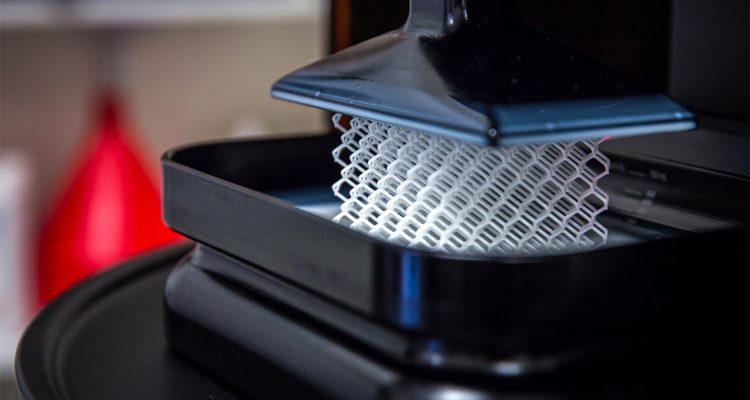You may or may not have noticed that 3-D printing is everywhere at the moment. From car parts to phone cases, fashion accessories and even essential medical equipment, it’s safe to say is has taken the technology market by storm and is definitely a new favourite in the gadget world. Although the first 3-D printer was created in 1984, the technology has developed significantly since its younger days, and is now used in everyday life for a lot of functional purposes. 3-D printers can save big corporations billions as it can be used as a cheap way to build minor parts and like it or not, the technology has also saved lives by being used in the medical industry. There are now more purposes for 3-D printing than you could ever imagine, with companies getting more and more creative with what they use it for, and new ways of 3-D printing always being discovered. Here are just a few of some of the weird and wonderful ways 3-D printing is used today.
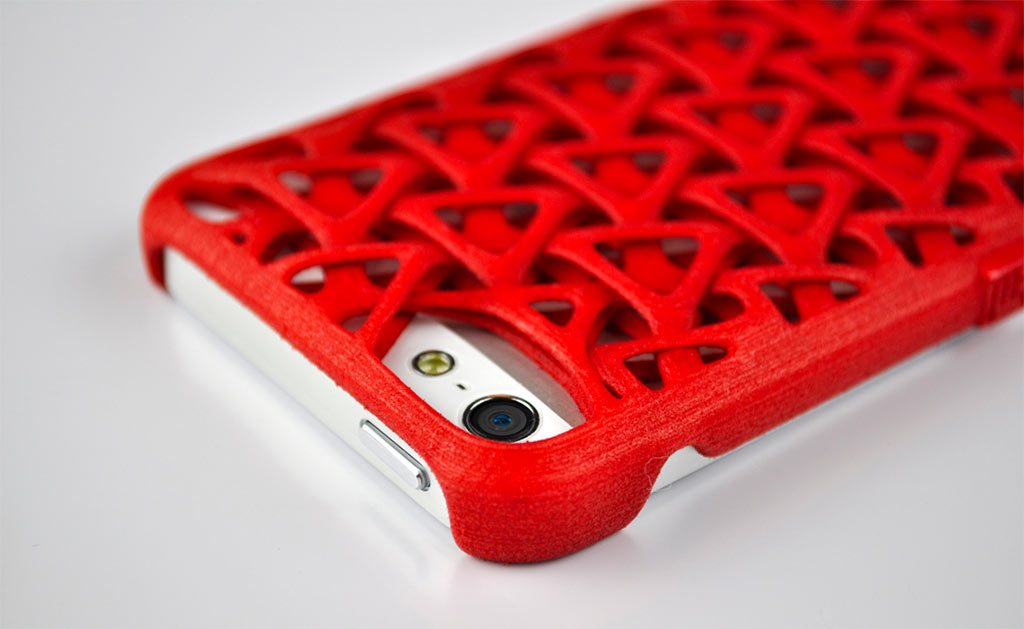
iPhone Cases
3-D printing has been sued to create phone cases for a while now, but as the technology has been developed, there are now phone cases available through 3-D printing that have an extra dimension to hold cards in the back, meaning all of your valuables are secured in the one place. With 3-D printing, getting plastic cut to size for iPhone cases is no longer needed, meaning less waste. The design is futuristic and a great example of the expanding limits of 3-D printing.
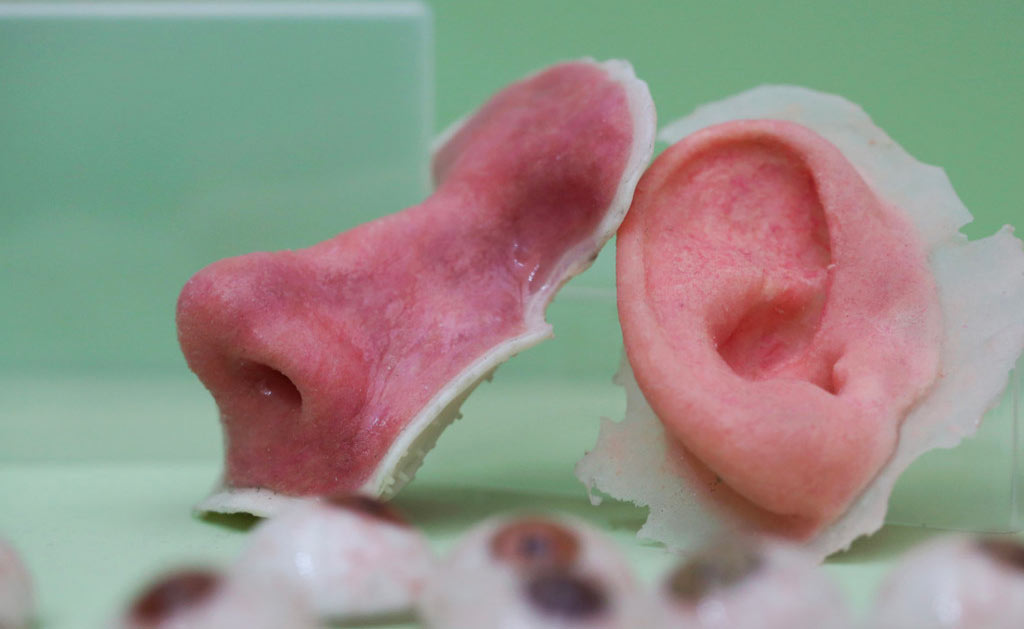
Human body Parts
3-D printing has taken the medical world by storm in recent years and has even been saving lives. Amazing replicas such as functioning liver tissue and prosthetics were created in the past using 3-D technology and amazingly; more recently, fully functioning organs have been ‘printed’. The technology has used a patient’s own cells to print the organ and is definitely a major breakthrough as it means patients in the future may not have to join a long list of donors until they can have major transplants. In past instances, the printer has printed a ‘scaffold’ and the scaffold is then coated by doctors in living cells. The aim of the future is to print scaffolds and living cells at the same time.
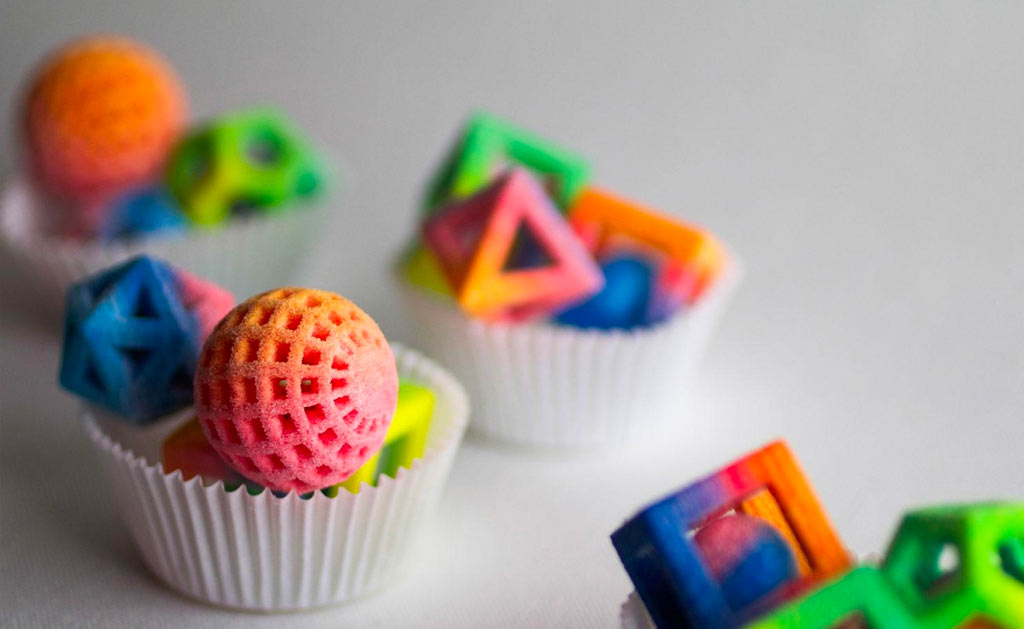
Food
Yup, you read that right. 3-D printers have also turned to everyone’s favourite thing. Food. The methods are currently being tested, but you might soon be able to print your dinner. Printing food offers a number of benefits, one being that it is healthy for the environment because it converts things like algae and insects into protein, making delicious foods that we all know and love. In years to come, the advancement of 3-D printing technology could mean a decline in the slaughtering of animals for food. There have also been a range of snacks that have already been successfully created using 3-D printing and these include banana-flavoured gelatin and cookies.
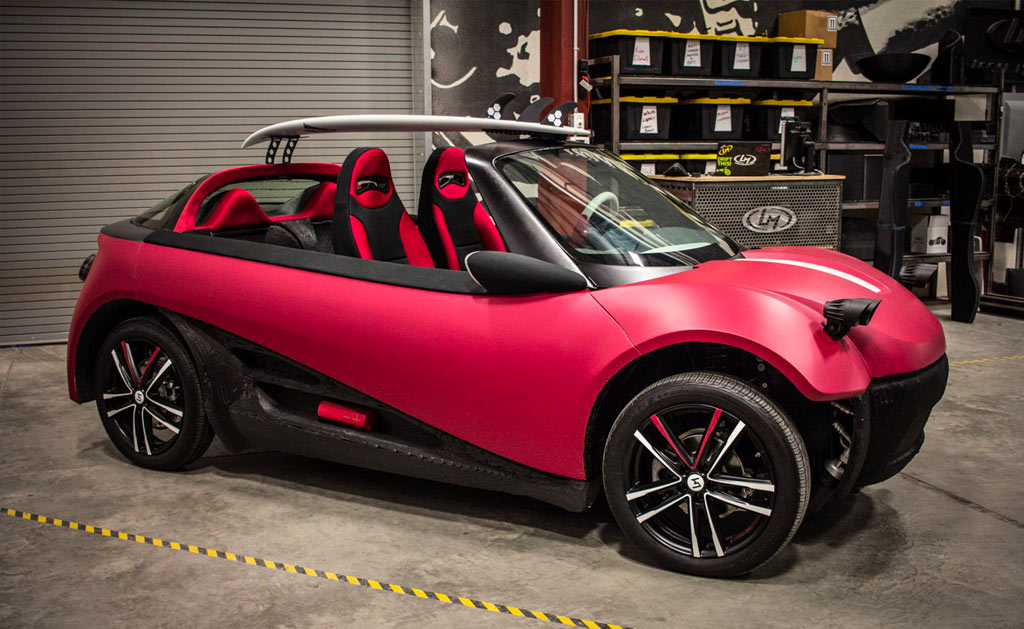
Cars
Automotive 3-D printing has probably been around for the longest out of all the 3-D printer uses and it still continues to be in high demand. Previously, 3-D printing was used to print various parts for cars, but as technology has advanced, it is now printing full sized vehicles. The first vehicle to be printed was the URBEE by Kor Ecologic and it is designed to use as little energy as possible, meaning we can travel faster and further, for cheaper. With its entire interior and exterior printed, is this a car of the future?
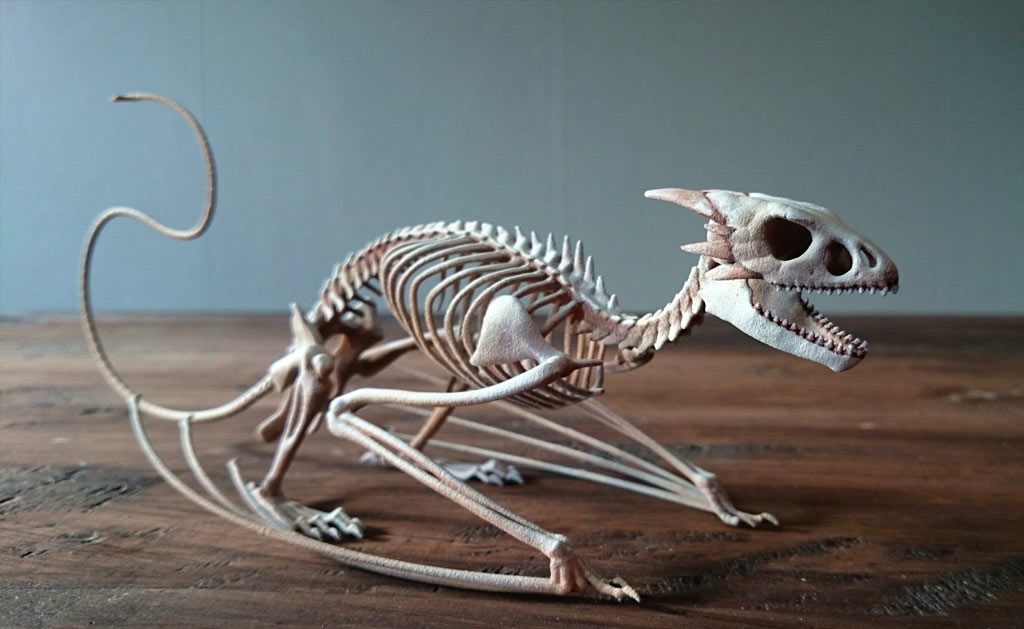
Skeletons
Schools and universities are quickly adopting the use of 3-D printing in their education programmes and curriculums. Instead of showing students images of dinosaur bones and skeletons from textbooks, they can now provide a much more interactive learning experience. 3-D printing can allow complex models to be created which are affordable and are sure to assist in the learning of students of all ages.

